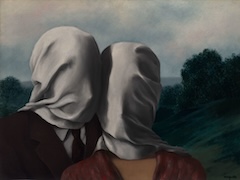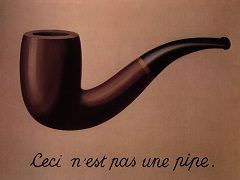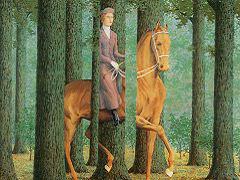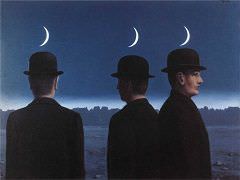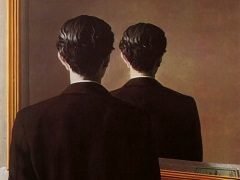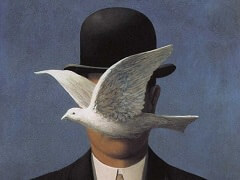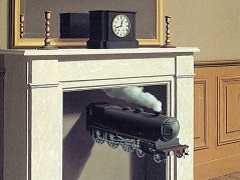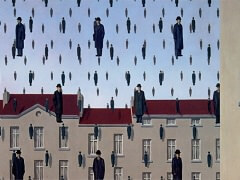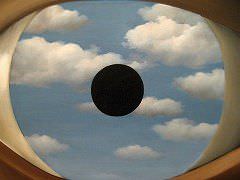The Pilgrim, 1966 by Rene Magritte
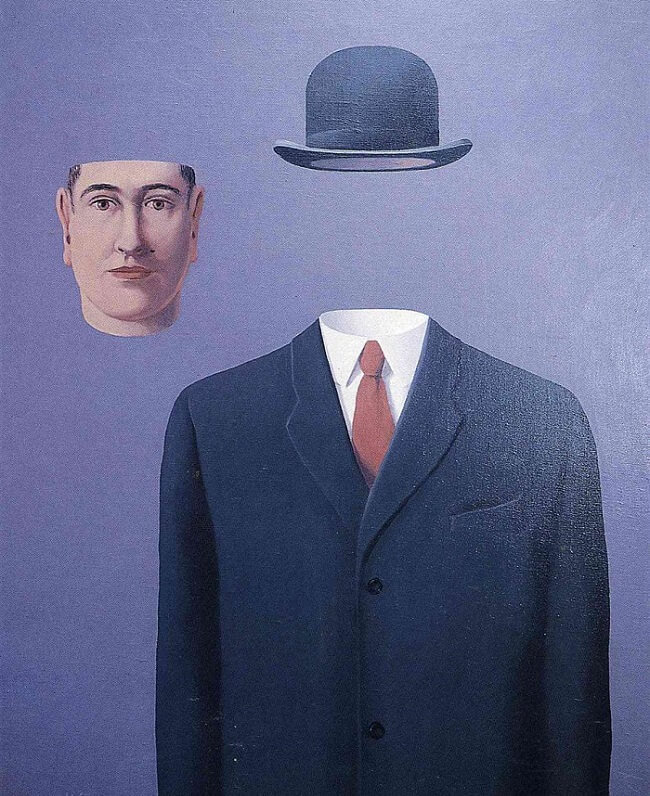
Magritte wished to cultivate an approach that avoided the stylistic distractions of most modern painting. While other Surrealists such as Max Ernst, Man Ray, Salvador Dali experimented with new techniques, Magritte settled on a deadpan, illustrative technique that clearly articulated the content of his pictures.
Repetition was an important strategy for Magritte, informing not only his handling of motifs within individual pictures, but also encouraging him to produce multiple copies of some of his greatest works. His interest in the idea may have come in part from Psychoanalysis by Sigmund Freud, for which repetition is a sign of trauma. But his work in commercial art may have also played a role in prompting him to question the conventional modernist belief in the unique, original work of art.
The illustrative quality of Magritte's pictures often results in a powerful paradox: images that are beautiful in their clarity and simplicity, but which also provoke unsettling thoughts. They seem to declare that they hide no mystery, and yet they are also marvelously strange.



